Set 176
1019. 2-3/16" long:
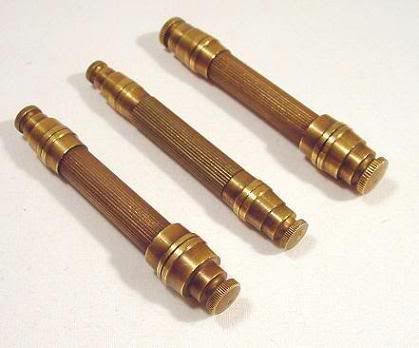
The outer two are imprinted with a 4 on the large end and a 3 on the other, while the middle one is marked with a 1 (small end) and a 2.
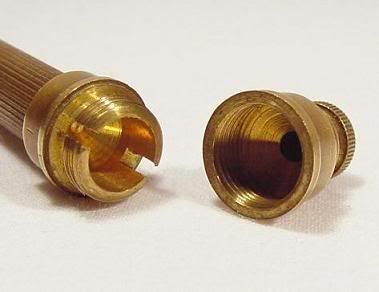
The ends can be unscrewed and/or pulled out of the cylinders, five pieces total for each.
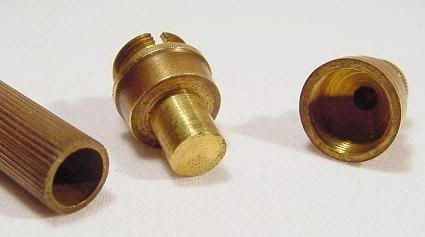
All of the threads have two slots and all three cylinders have a different inside dimension. I've shown these to a lot of people, so far no one has been able to identify them.
1020. 6" diameter, made around 1800:
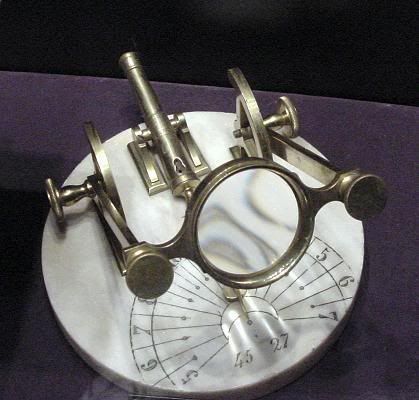
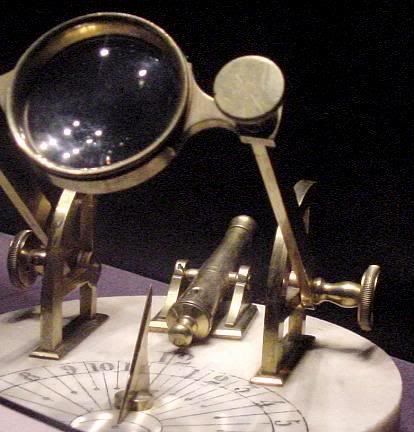
1021. 12" long, patented in 1876:
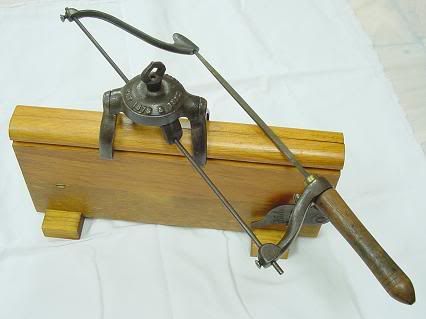
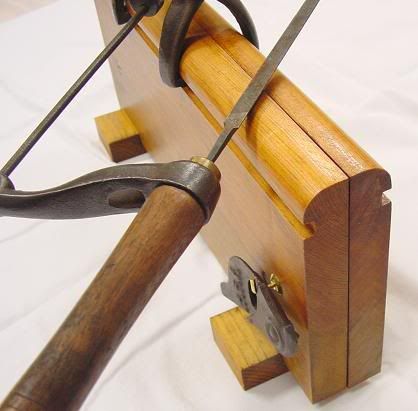
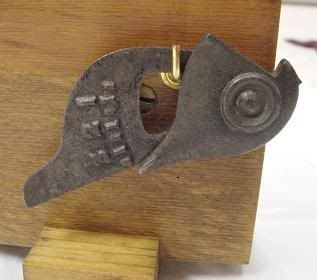
From Ron White's collection
1022. 16-1/2" long:
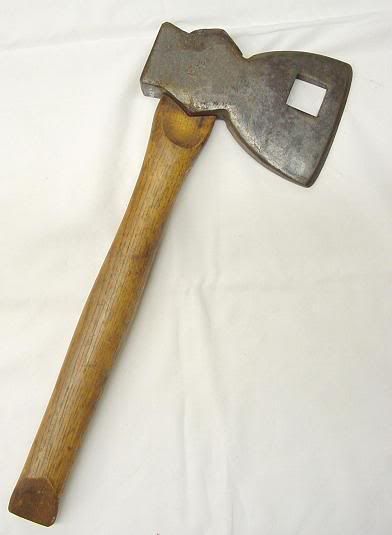
From Jim Brown's collection
1023. 1-1/4" diameter, thanks to Bill for submitting this one, more guesses at Neatorama:
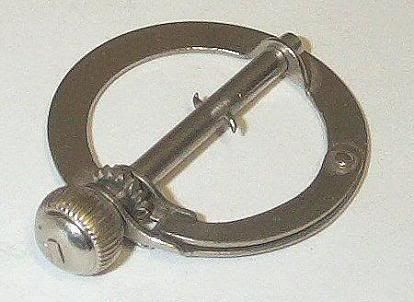
Patented in 1899
1024. 15" long, text on this device reads "The Leeds and Northrup Co., Scientific Instruments, Philadelphia":
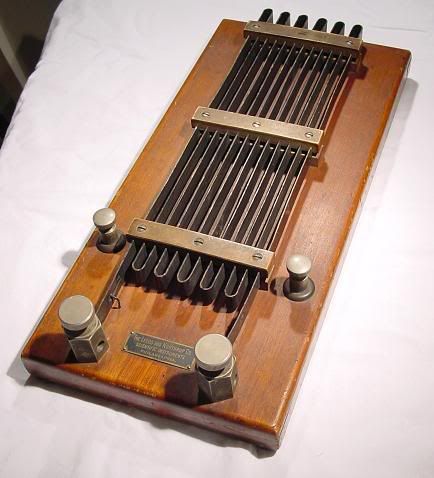
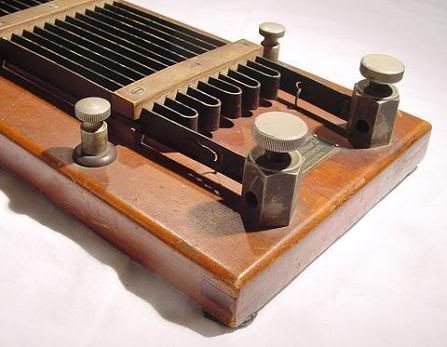
Answers
Last week's set is seen below, click here to view the entire post:
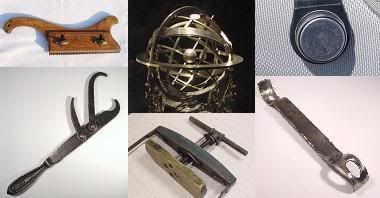
More discussion and comments on these photos can be found at the newsgroup rec.puzzles.

The outer two are imprinted with a 4 on the large end and a 3 on the other, while the middle one is marked with a 1 (small end) and a 2.

The ends can be unscrewed and/or pulled out of the cylinders, five pieces total for each.

All of the threads have two slots and all three cylinders have a different inside dimension. I've shown these to a lot of people, so far no one has been able to identify them.
1020. 6" diameter, made around 1800:


1021. 12" long, patented in 1876:



From Ron White's collection
1022. 16-1/2" long:

From Jim Brown's collection
1023. 1-1/4" diameter, thanks to Bill for submitting this one, more guesses at Neatorama:

Patented in 1899
1024. 15" long, text on this device reads "The Leeds and Northrup Co., Scientific Instruments, Philadelphia":


Answers
Last week's set is seen below, click here to view the entire post:

More discussion and comments on these photos can be found at the newsgroup rec.puzzles.
Labels: Gunpowder, Science, Woodworking

4 Comments:
1021 - is a saw sharpener
1024 - seems to be a reference reistance
By Ray, at 6/28/2007 5:26 AM
Ray, at 6/28/2007 5:26 AM
1024 - make that "resistance"
By Ray, at 6/28/2007 5:30 AM
Ray, at 6/28/2007 5:30 AM
1020- is a sundial which fires the cannon at a set time(usually noon)
By Anonymous, at 6/28/2007 9:47 AM
Anonymous, at 6/28/2007 9:47 AM
>1021 - is a saw sharpener
>1024 - seems to be a reference resistance
>1020- is a sundial which fires the cannon at a set time(usually noon)
These are all correct.
By Rob H., at 6/29/2007 3:59 PM
Rob H., at 6/29/2007 3:59 PM
Post a Comment
<< Home